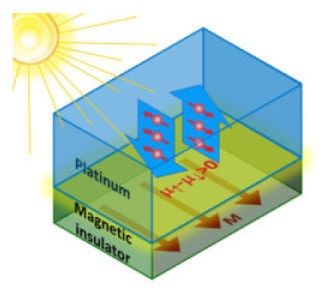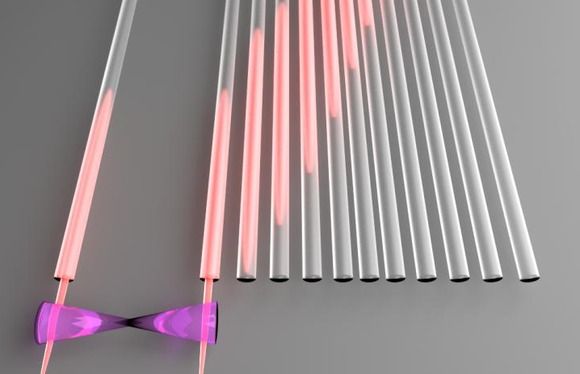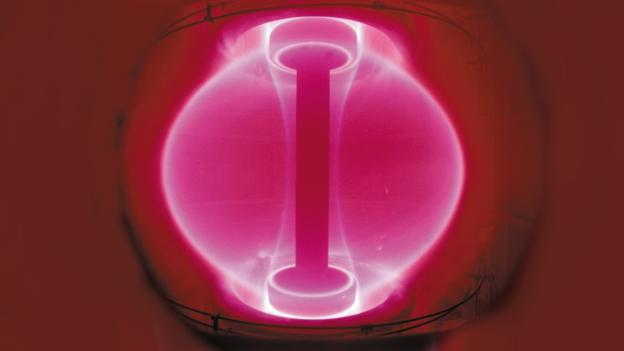Apr 28, 2016
Important effect observed in development of quantum storage
Posted by Karen Hurst in categories: computing, mathematics, quantum physics
I read this article and it’s complaints about the fragile effects of data processing and storing information in a Quantum Computing platform. However, I suggest the writer to review the news released 2 weeks ago about the new Quantum Data Bus highlighted by PC World, GizMag, etc. It is about to go live in the near future. Also, another article to consider is today’s Science Daily articile on electron spin currents which highlights how this technique effectively processes information.
Rare-earth materials are prime candidates for storing quantum information, because the undesirable interaction with their environment is extremely weak. Consequently however, this lack of interaction implies a very small response to light, making it hard to read and write data. Leiden physicists have now observed a record-high Purcell effect, which enhances the material’s interaction with light. Publication on April 25 in Nature Photonics (“Multidimensional Purcell effect in an ytterbium-doped ring resonator”).
Ordinary computers perform calculations with bits—ones and zeros. Quantum computers on the other hand use qubits. These information units are a superposition of 0 and 1; they represent simultaneously a zero and a one. It enables quantum computers to process information in a totally different way, making them exponentially faster for certain tasks, like solving mathematical problems or decoding encryptions.
Continue reading “Important effect observed in development of quantum storage” »


















